Exploring Global Styles Due To Cultural Influences
- Extra-Curricular Activities
Exploring Global Styles Due To Cultural Influences
Contact us
Bengaluru
Campus 1 : JD School of Design, No. 18-1, Brigade Road, Bengaluru,Karnataka – 560 001.
Campus 2 : No. 40, Swan House, 4th Cross, Residency Road, Bengaluru, Karnataka – 560001.
Goa
Musthtifund Saunstha , Near Mahalaxmi Temple,Dada Vaidya Road, Goa-403001
Exploring global styles and fashion:
Exploring global styles due to cultural influence on fashion is not only about clothing; it has to do with our cultural beliefs and identity. From traditional clothing passed down through the years to the ever-evolving current designs, fashion speaks volumes about who we are.
This essay will examine the intricate connection between culture and fashion by examining how our upbringing influences the clothes we wear and how contemporary innovations are reshaping the industry.
Join us as we immerse ourselves in the vibrant fabric of culture and fashion to learn about its origins and how it has been modified to create our shared sense of style.
Influences From Culture On Fashion Designers
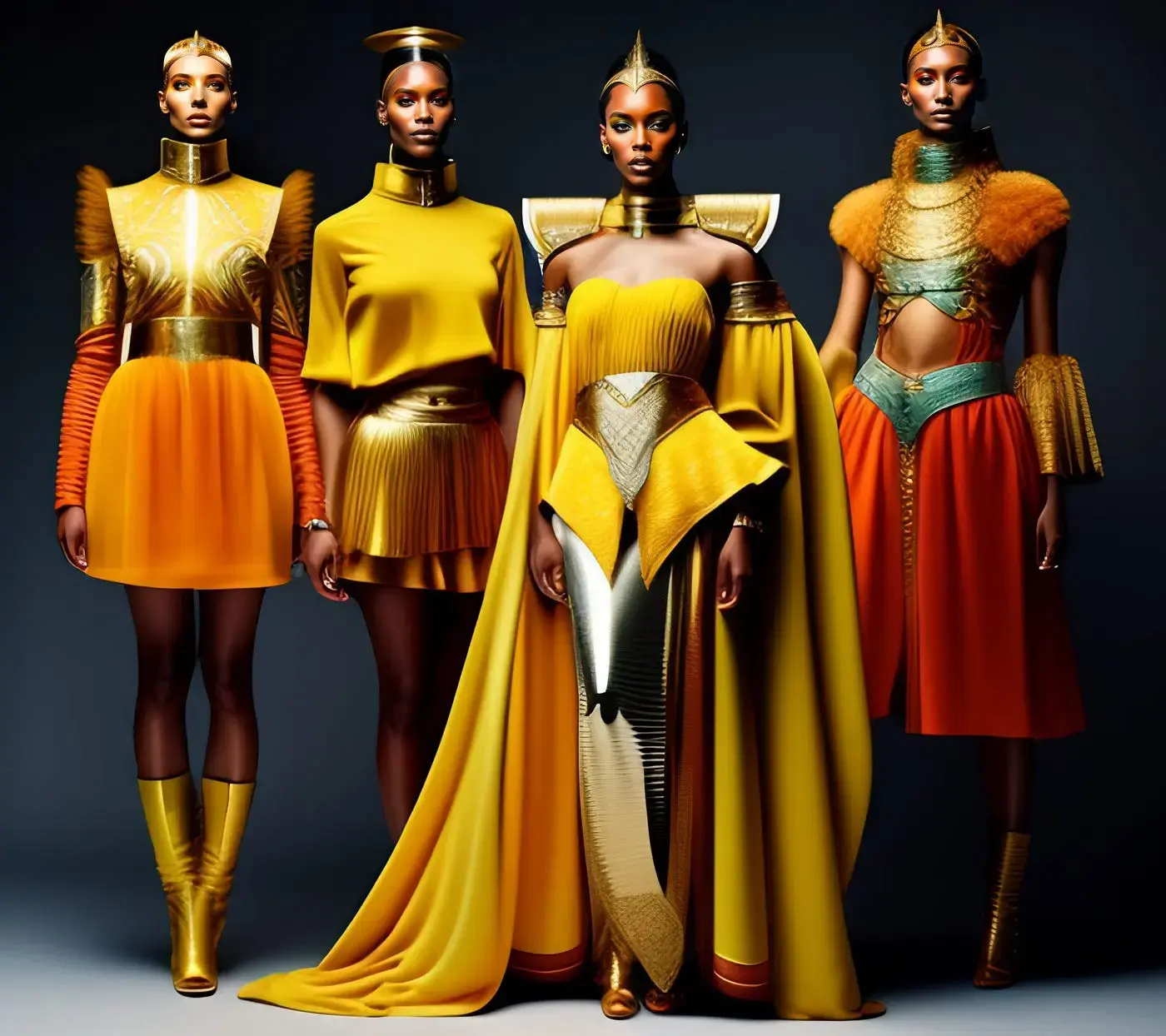
The Guardian Nigeria
The fashion industry thrives on exploring global styles, which steers trends and aids designers in their artistic endeavours. Fashion throughout history has been a reflection of cultural mores, values, and artistic movements. For example, take the Renaissance period.
Below is how culture influences fashion designers:
1. Cultural Influence and Globalisation:
The extent to which culture influences fashion has significantly expanded in the modern era due to globalisation and digital media. Through the use of religious emblems, historic materials, and the newest ecological trends, designers incorporate elements of many cultures into their creations.
This offers a synthesis of several cultures and addresses the trend towards ecology and moral behaviour.
2. Cross-cultural Communication:
Additionally, cross-cultural exchange has increased due to travel and the growth of social media platforms. This has a rapid impact on fashion by influencing new trends or reinterpreting classic ones. Designers with access to a worldwide network can easily integrate exploring global styles into their creations.
3. Using Garments to Show Cultural Identity:
Fashion and culture are intimately associated, as they both serve as reflections of social norms, political events, and economic conditions. This link therefore suggests that a person’s clothing choices (i.e., “the choice of”) convey their identity, beliefs, and opinions, which in turn shape the culture.
Consequently, designers play a part in these dynamic conversations between fashion and culture by offering particular platforms for people to express their cultural identities.
The Role of Traditional Clothing in Cultural Expression
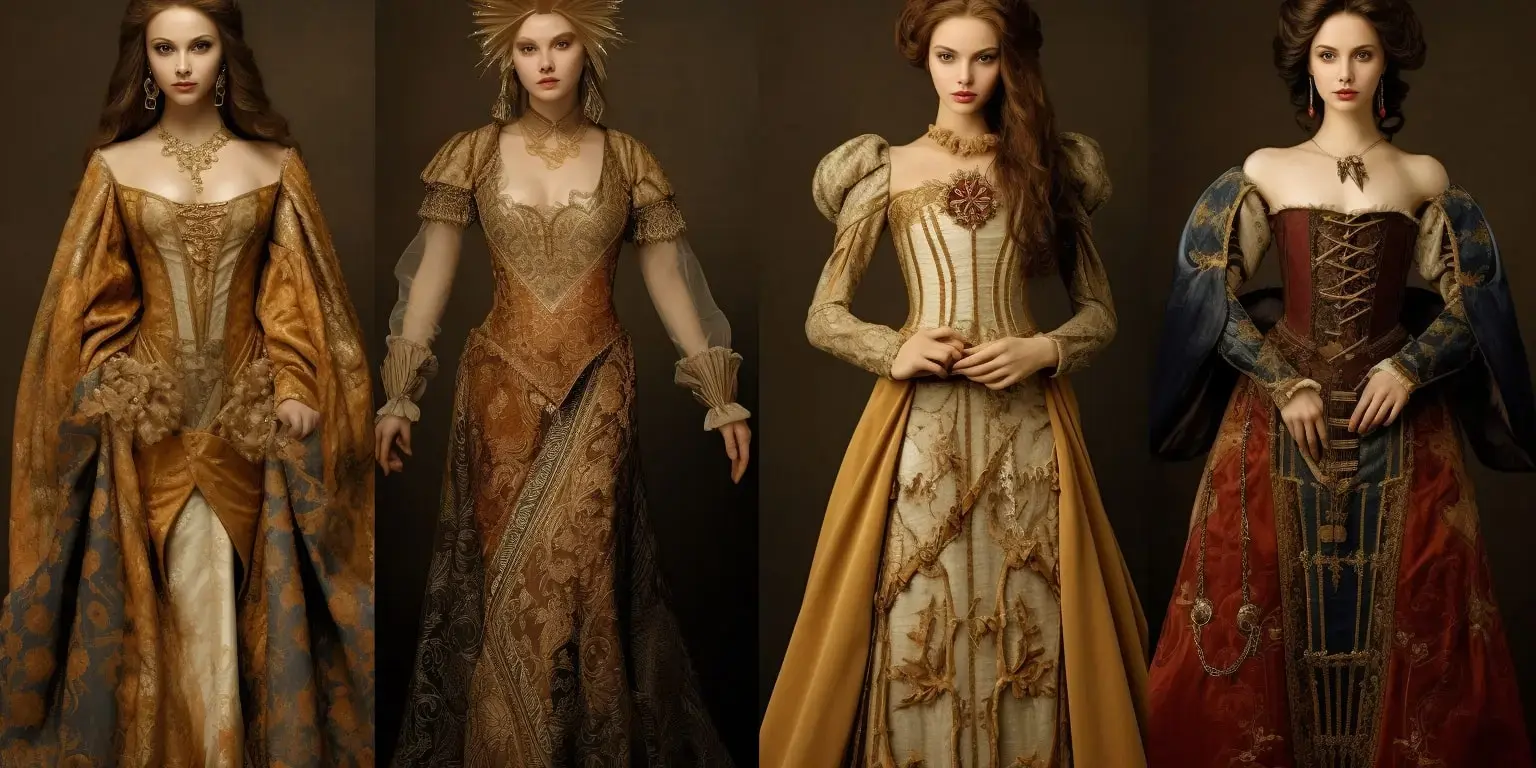 Knights Templar
Knights Templar
Traditional clothing can be seen as a poignant manifestation of cultural expression since cultures use clothes to impart their unique identities, beliefs, and historical legacies.
It represents the fundamental practices, ideologies, and social structures of a community through colourful threads woven into a magnificent cultural historical tapestry. It goes beyond attire and decoration alone.
1. The Cultural Identity Guard:
Traditional clothing continues to be a visible symbol of cultural identity. Its elaborate colours, patterns, and motifs weave together experiences and tales passed down through the generations. People really are announcing to others where they are from and to whom they belong when they dress traditionally.
2. Joy for Everyone:
When it comes to cultural holidays, ceremonies, or rites of passage, traditional clothing acts as an active representation of the community’s celebration. These are events when individuals dress in character, showing pride and a sense of community among those in attendance because everyone is welcome to participate.
Every cultural element embodied in fashion is a brushstroke adding to the picture of shared culture and unification.
3. What Conventional Clothing Is Used For:
In addition to its aesthetic appeal, traditional dress serves as a sign of the social mores, religious convictions, and cultural ideals that are considered appropriate in a particular society. Every stitch and fold has significance that might signify a person’s identity, status, or group membership.
As a result, traditional attire takes on a language of its own, speaking volumes about the attitude and goals of the people who wear it.
4. Renaissance & Opposition:
Typically, traditional clothing develops as a means of expressing opposition to outside influences or being assimilated by other cultures. These communities may continue to dress in their traditional garb to demonstrate that their culture cannot be proudly eradicated.
Additionally, attempts to bring back traditional clothing in modern settings revitalise antiquated practices, ensuring that they do not become obsolete in the face of our world’s rapid changes.
In this way, tradition is embodied in fashion for all time, tying together human historical, personal, and communal strands, serving as a reminder of human resilience, and fostering pride, joy, and unity in the face of a constantly shifting global community.
The Development of Fashion Trends in Various Cultures
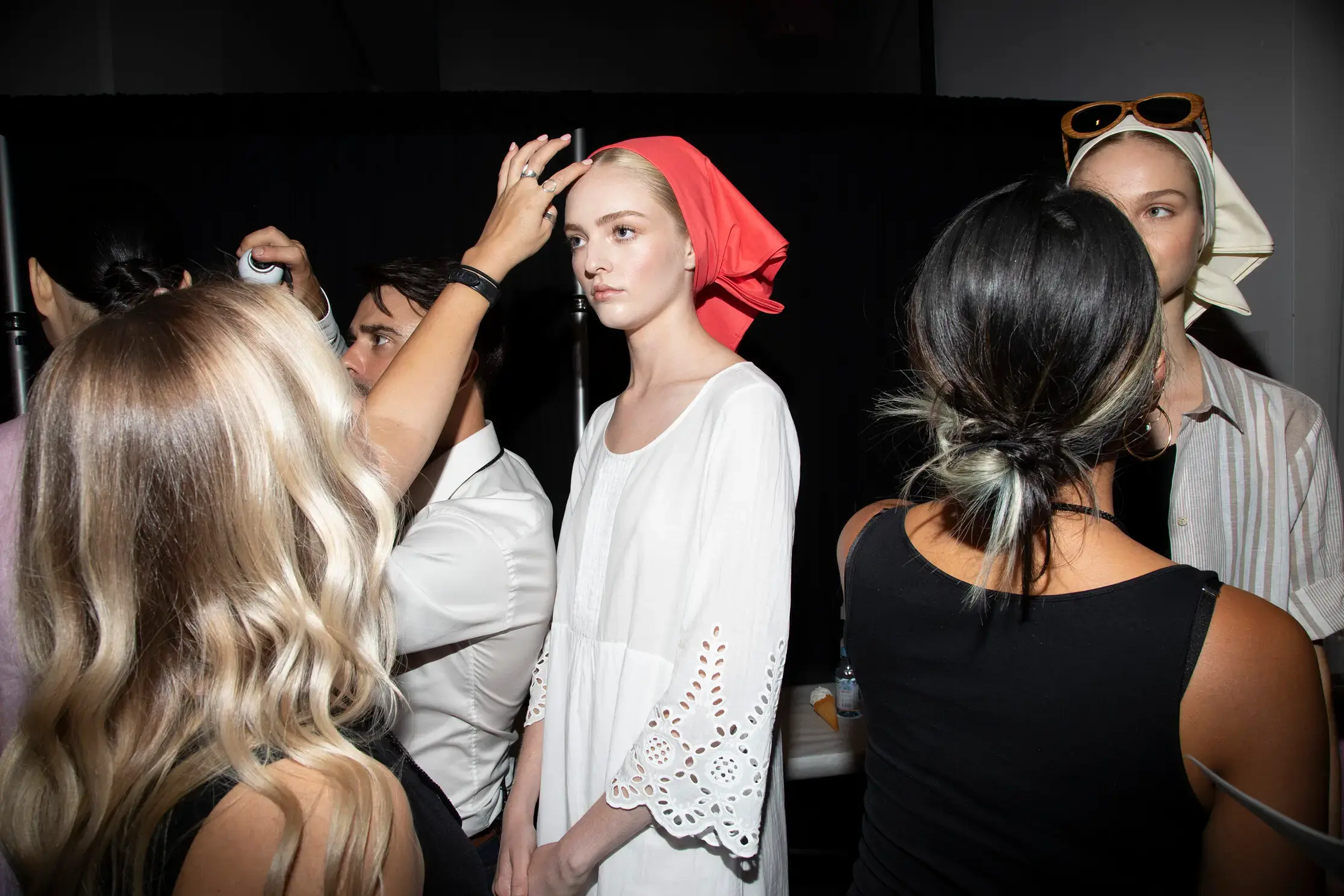
Due to cultural influences, historical backdrops, and customs, fashion trends vary greatly among societies. Here are a few instances of how different civilizations’ fashion trends have changed over time:
1. From the Japanese Kimono to Contemporary Street Style:
Over time, the traditional Japanese kimono has undergone major changes. Though it is associated with Japanese history and custom, it has also permeated contemporary fashion, particularly streetwear.
Global designers have incorporated kimono characteristics, such as their refined forms and elaborate patterns, into contemporary ensembles like dresses or jackets.
The combination of modern street fashion with traditional Japanese aesthetics demonstrates how cultural interaction continuously modifies our ideas about style.
2. From International Catwalks to Indian Saris:
The Indian sari, a draped garment that women frequently wear in South Asia, has become a global fashion phenomenon that has transcended national boundaries. significance in Indian culture and customs, but it has also inspired designers around the world.
Saris have been featured on catwalks lately, but they have been revamped with bright colours, distinctive textures, and contemporary shapes.
Through the incorporation of sari embellishment and draping techniques into modern designs, designers have created items that straddle the boundary between tradition and modernity in worldwide fashion.
3. African Designs and Textiles in Haute Couture:
African fabrics and patterns have long been recognised for their brightness and cultural significance. Global fashion designers were influenced by patterns like Kente cloth and Ankara prints, which led them to include these designs into their high-end collections.
African themes and colours have been incorporated by designers to imbue their works with a vibrant sense of culture, particularly in runway shows.
This cross-cultural partnership promotes greater diversity in the fashion industry by challenging Eurocentric notions of beauty and style and serving as a symbol of Africa’s attractiveness.
4. Revival of Indigenous Fashion:
Around the world, there has been a major push in recent years to revitalise and value the rich history of indigenous fashion. It follows that several groups, such as Native American tribes or Australian Aboriginal communities, have begun to reclaim their traditional ways of life in an effort to affirm their cultural identity and rediscover self-worth.
Hence, in order to create clothing that honours family origins while reflecting modern times, these comebacks frequently blend ancient techniques with contemporary ideas.
Designers are showcasing these outfits on international stages in an effort to break down stereotypes about native cultures and promote a deeper appreciation for the craftsmanship that is linked with them.
5. Moderate Middle Eastern Clothing:
Global standards of beauty and style have been called into question by the emergence of modest fashion in the Middle East. In this sense, modest fashion—loose-fitting clothing with conservative silhouettes—has gained popularity in Western markets as well as in nations with a majority of Muslims.
Designers from the Middle East have been instrumental in this movement, creating clothing labels aimed for ladies who desire stylish yet modest apparel. Clothing manufacturers thus support traditional ideas of reservation and restraint by endorsing modest fashion, which contrasts with current trendy trends.
Fashion is a dynamic phenomenon that draws inspiration from a wide range of cultural sources to create collections that reflect the diversity of cultures throughout the world. When designing collections that celebrate diverse facets of their heritage, brands take inspiration from a variety of civilizations.
The Role of Culture and Fashion in the Future
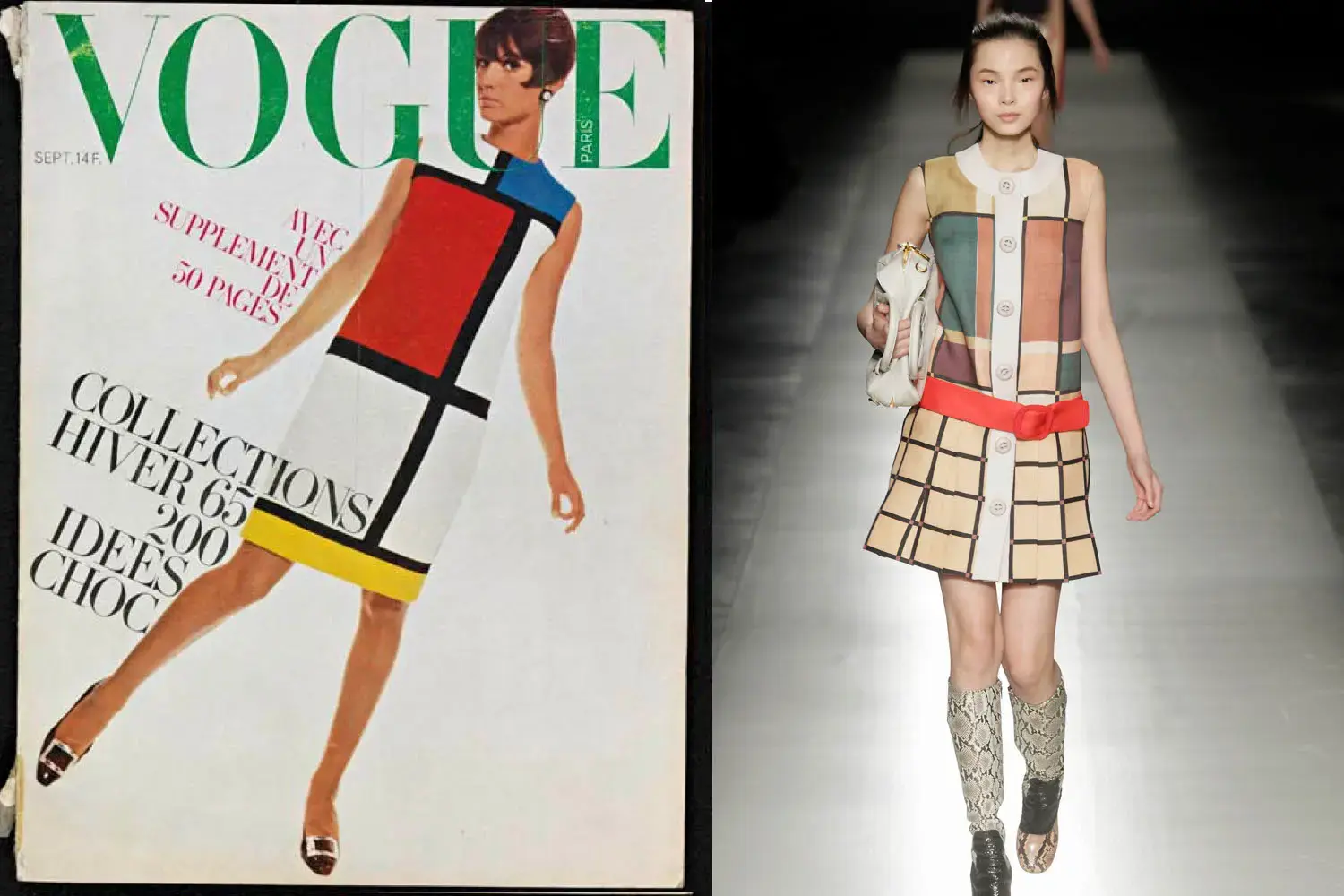
Sleek Magazine
The influence of culture on design and style will become increasingly important in the future as fashion develops. Examine some of these significant advances and trends that are influencing the meeting point of fashion and exploring global styles.
1. Cultural Fusion and Diversity:
The influence of culture on design and style will become increasingly important in the future as fashion develops. Examine some of these significant advances and trends that are influencing the meeting point of fashion and cultural influence.
2. Ethics and Sustainability in Practice:
Sustainability and ethical production practices will rise to the top of the fashion industry’s priority list as public awareness of social and environmental issues grows. By incorporating sustainable materials and techniques into their designs, these designers are essentially revolutionising the way that fashion is approached from an ecologically conscious standpoint.
3. Technological Progress:
Artificial intelligence, virtual reality, and other technological innovations will totally change the fashion industry. These innovations will improve the design process, produce immersive retail environments, and enable cross-cultural cooperation among designers from around the world.
4. Rethinking the Tradition:
Different civilizations’ traditional dress codes would be incorporated into contemporary apparel. Through the incorporation of modern aesthetics with ancient aspects, these designers preserve cultural history while revitalising it for future generations.
5. Conversation and Cultural Exchange:
This is still crucial for promoting communication between groups and understanding between people from different cultural backgrounds in order to promote diversity and togetherness.
The fashion industry, via embracing diversity, sustainability, and technology, has the potential to contribute to the creation of a future in which culture is valued, respected, and accepted as an integral part of our shared identity.
To Conclude:
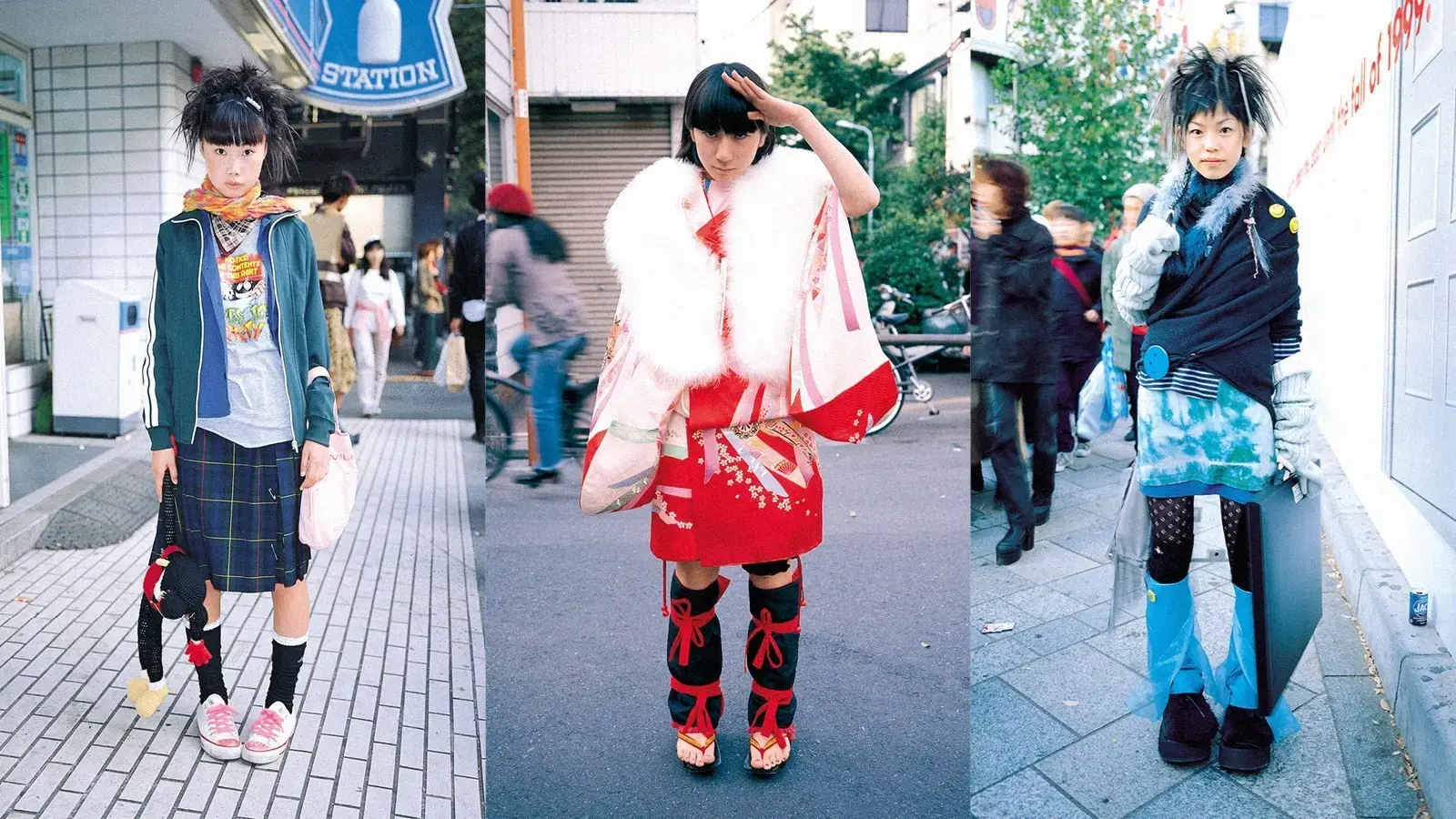
Dazed
Culture and fashion have a very significant relationship. Fashion is a statement of our identity and upbringing, more than just the way we dress.
Fashion tells a story about our origins and our ideals, whether it be via the transmission of traditional attire from one generation to the next or through the modern fusion of styles that is seen today.
Technology has also changed both the production and consumption of fashion. Themselves more freely through clothing thanks to the use of 3D printed clothing and augmented reality fitting rooms, among other technologies.
But if fashion had not changed while welcoming ethical innovation, this progression would not have been conceivable. Beyond just being beautiful, exploring global styles helps to unite individuals through common experiences and values.
Frequently Asked Questions (FAQs)
- What is the relationship between fashion and culture?
Fashion and culture are deeply intertwined; fashion reflects cultural identity and values. Traditional attire and modern trends alike tell the story of our heritage and beliefs.
- How does culture influence fashion trends?
Culture influences fashion through traditional clothing, societal values, and artistic movements. Trends evolve as designers draw inspiration from diverse cultural sources, celebrating global heritage.
- What are some examples of cultural influences in fashion?
Examples include the evolution of the Japanese kimono, the global popularity of the Indian sari, and the incorporation of African textiles into high fashion.
